 AUSTRIA
AUSTRIA
Vienna (Wien)
My experience, the trip and facts about
Vienna
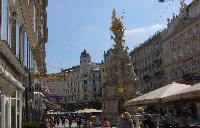 Innere Stadt: The historical city center
Innere Stadt: The historical city center
 Innere Stadt: Around Karlsplatz, Schwedenplatz and Stadtpark
Innere Stadt: Around Karlsplatz, Schwedenplatz and Stadtpark
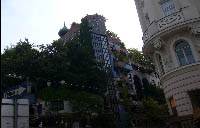 Landstrasse: East of downtown, Hundertwasser's building
Landstrasse: East of downtown, Hundertwasser's building
 Mariahilf and Fünfhaus: Mariahilfer Strasse and my hostel is here
Mariahilf and Fünfhaus: Mariahilfer Strasse and my hostel is here
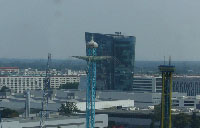 Leopoldstadt: Just north of the city center, includes Praterpark
Leopoldstadt: Just north of the city center, includes Praterpark
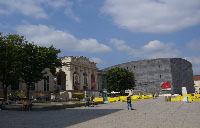 Neuebau: West of downtown, including MuseumsQuartier and Spittelberg
Neuebau: West of downtown, including MuseumsQuartier and Spittelberg
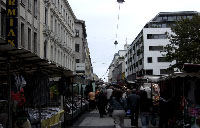 Ottakring: Multicultural area in central Vienna
Ottakring: Multicultural area in central Vienna
 Donaustadt: Skyscraper district in North Vienna
Donaustadt: Skyscraper district in North Vienna
 Brigittenau: Residential area north of downtown with Millennium Tower
Brigittenau: Residential area north of downtown with Millennium Tower
 Schönbrunn: The famous castle in Hietzing district
Schönbrunn: The famous castle in Hietzing district
 The parks: Prater, Donaupark, Karlspark, Stadtpark, Burggarten, Volksgarten, Belvedere Garten
The parks: Prater, Donaupark, Karlspark, Stadtpark, Burggarten, Volksgarten, Belvedere Garten
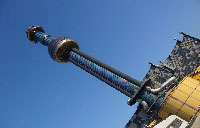 Outskirts: Including Floridsdorf, Gasometer, Simmering, Alsergrund and nature
Outskirts: Including Floridsdorf, Gasometer, Simmering, Alsergrund and nature

